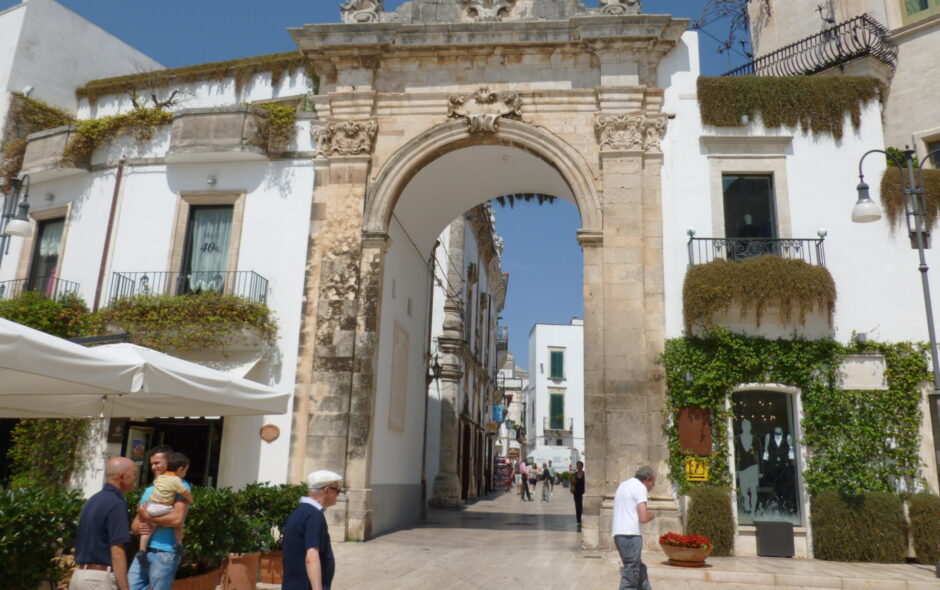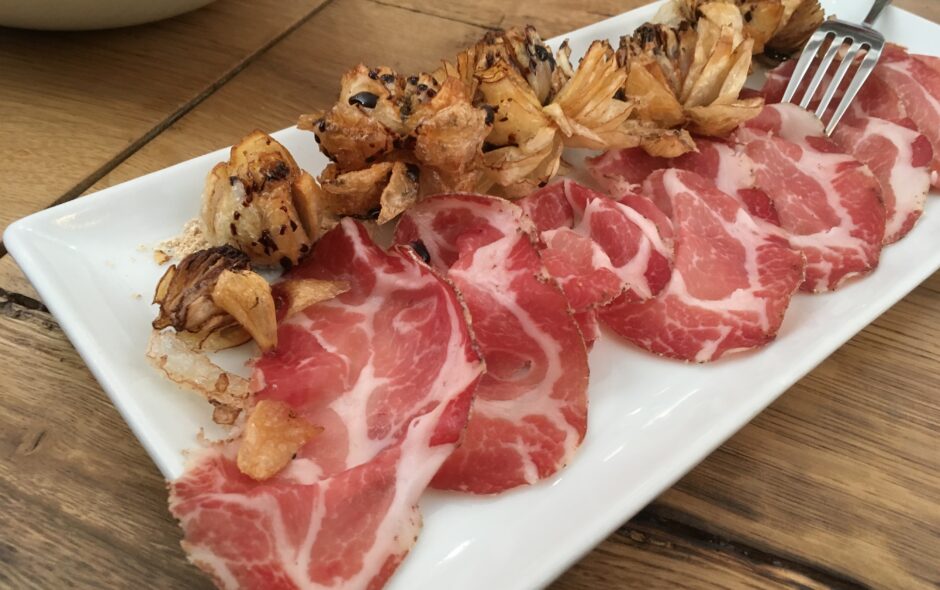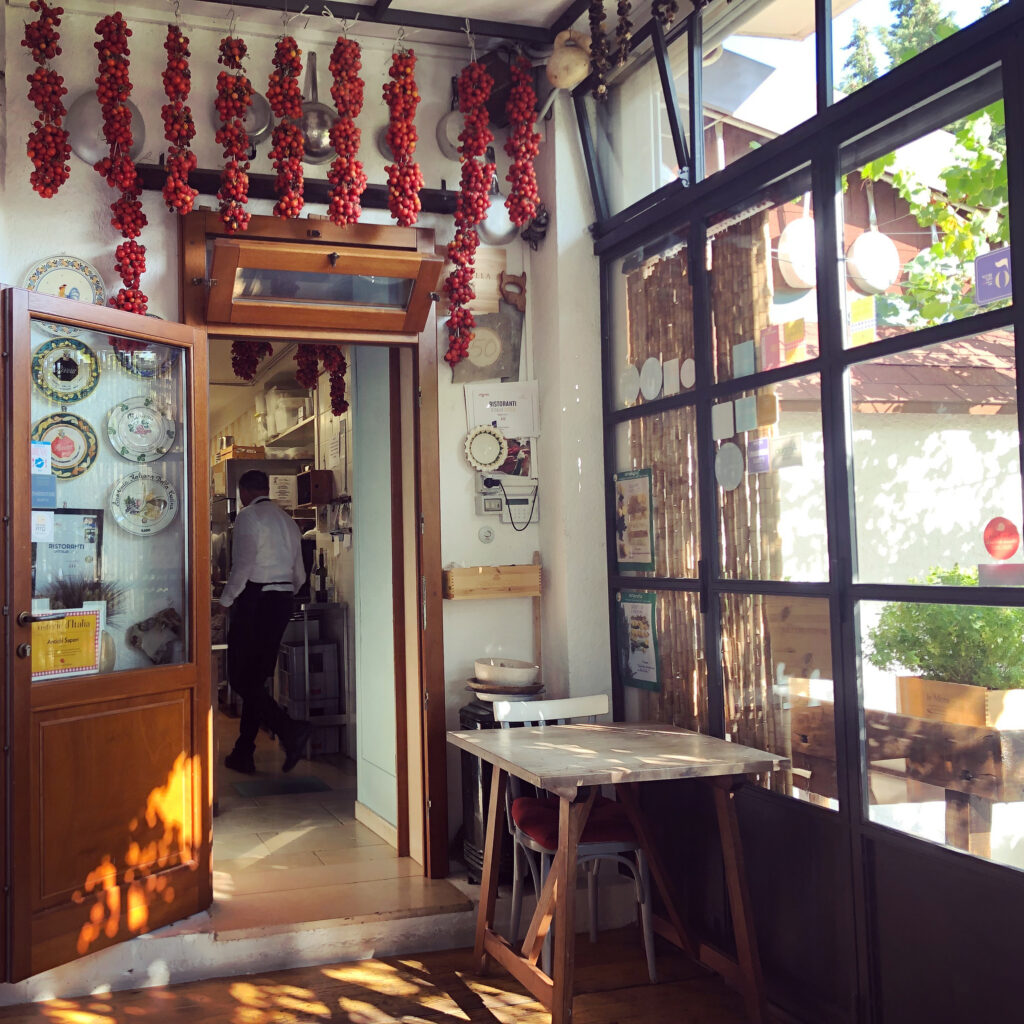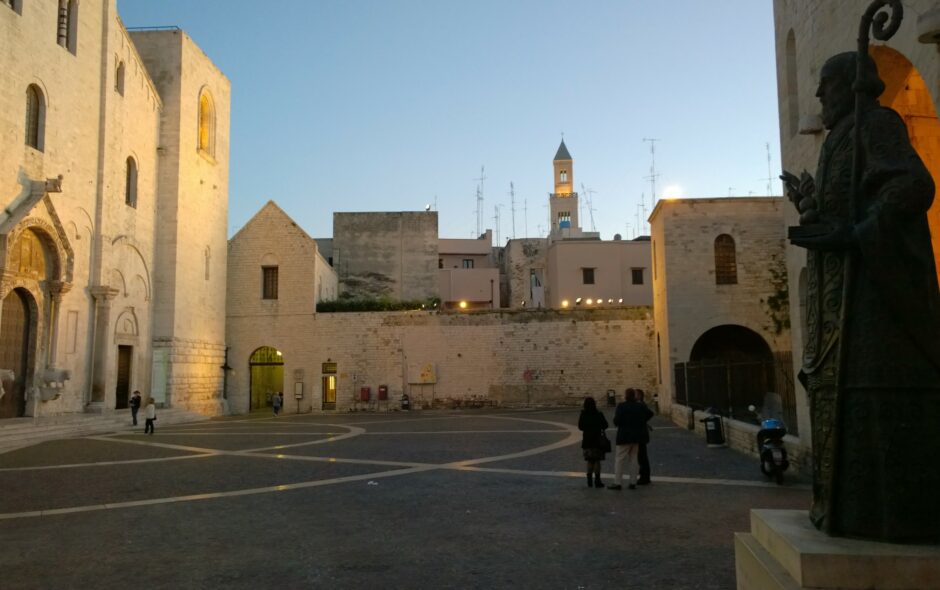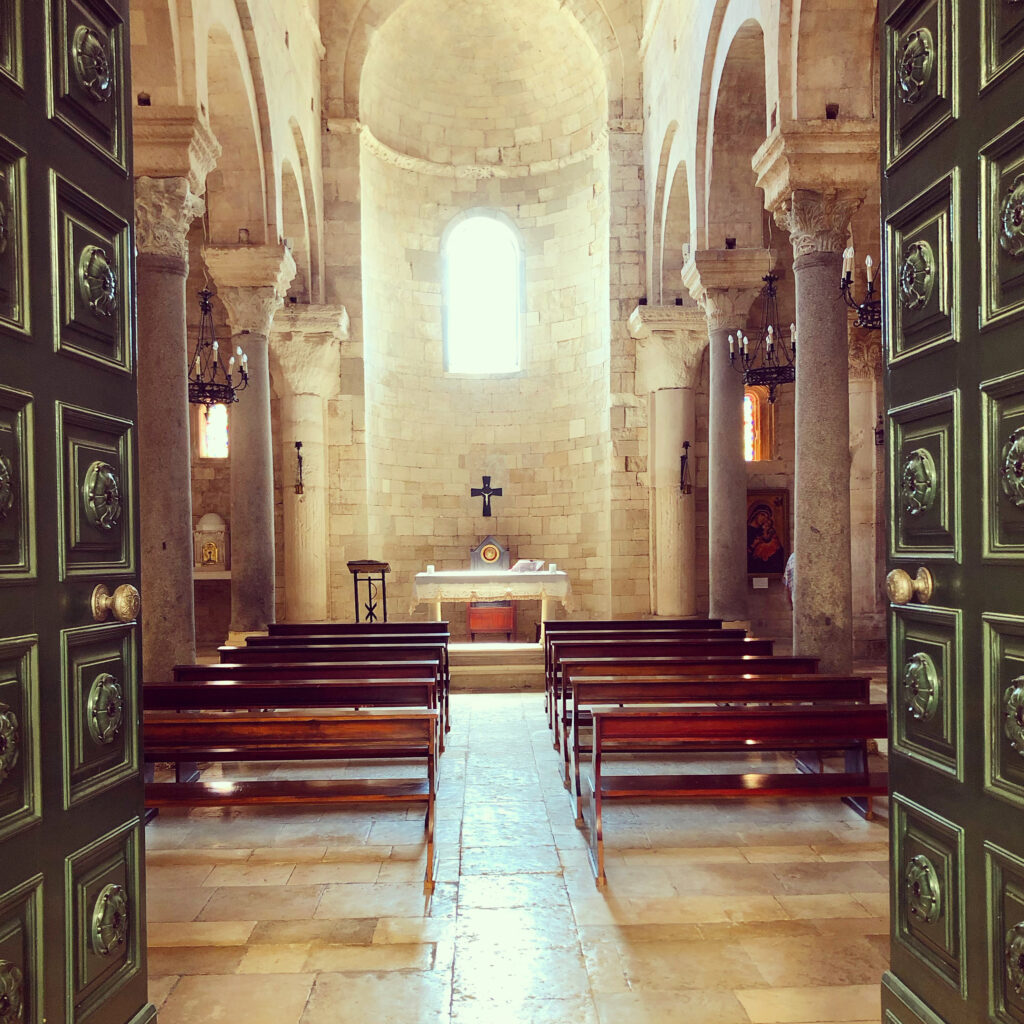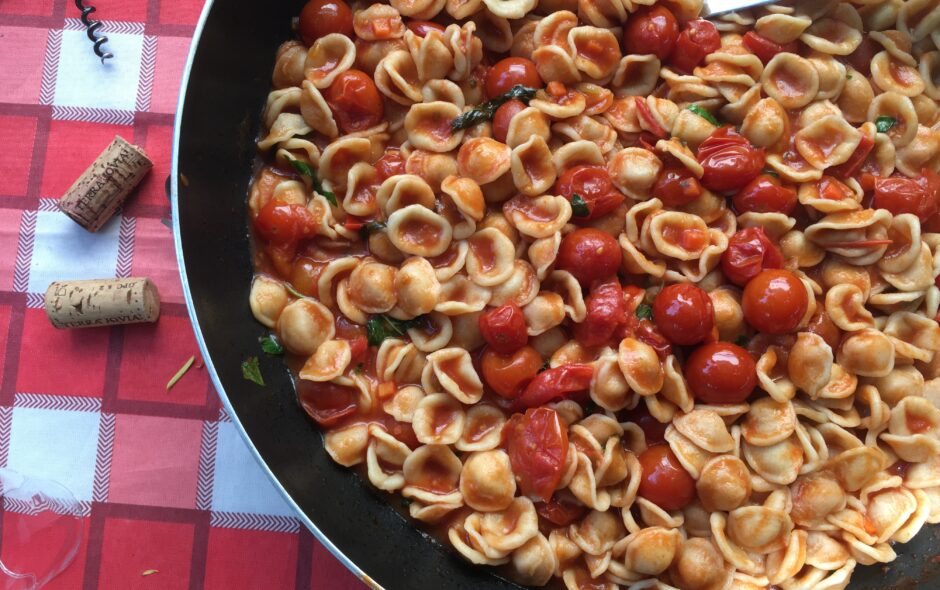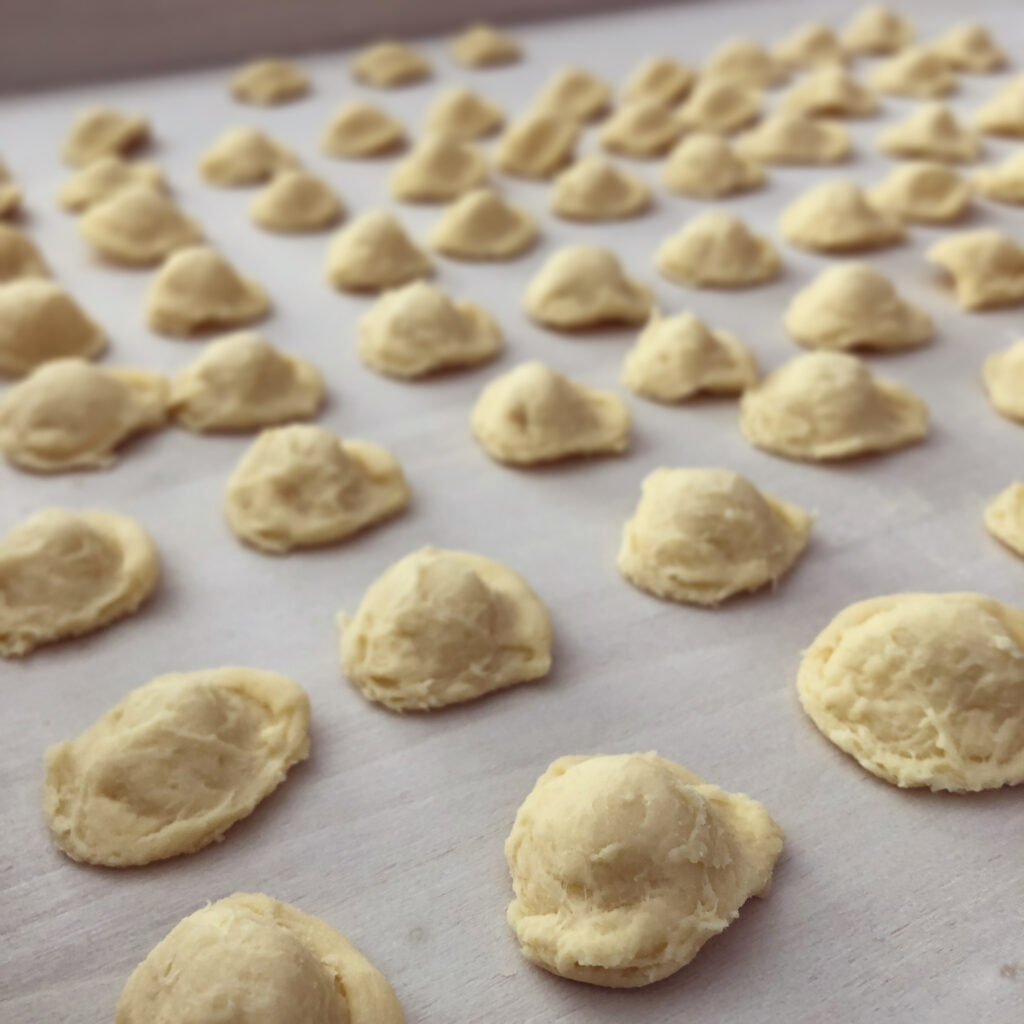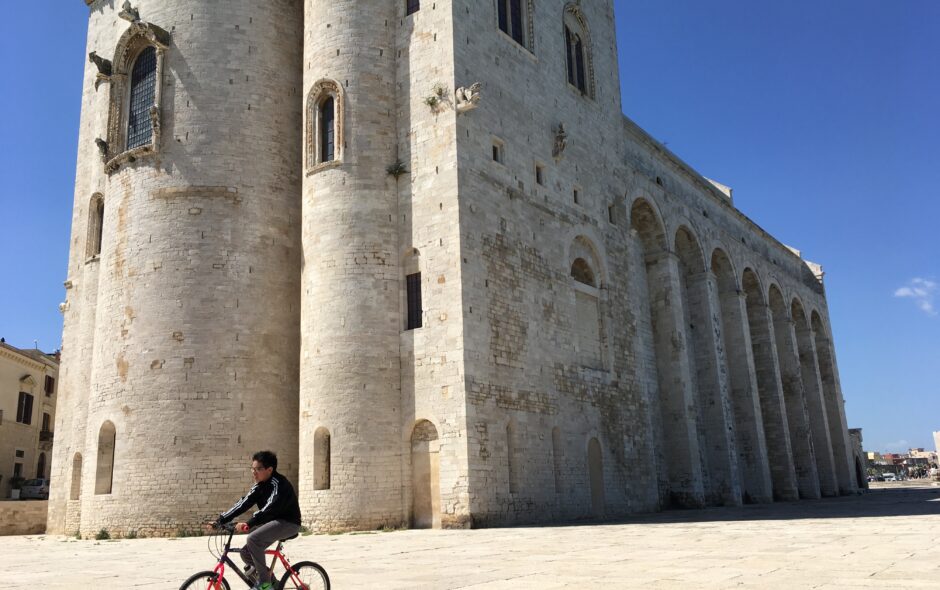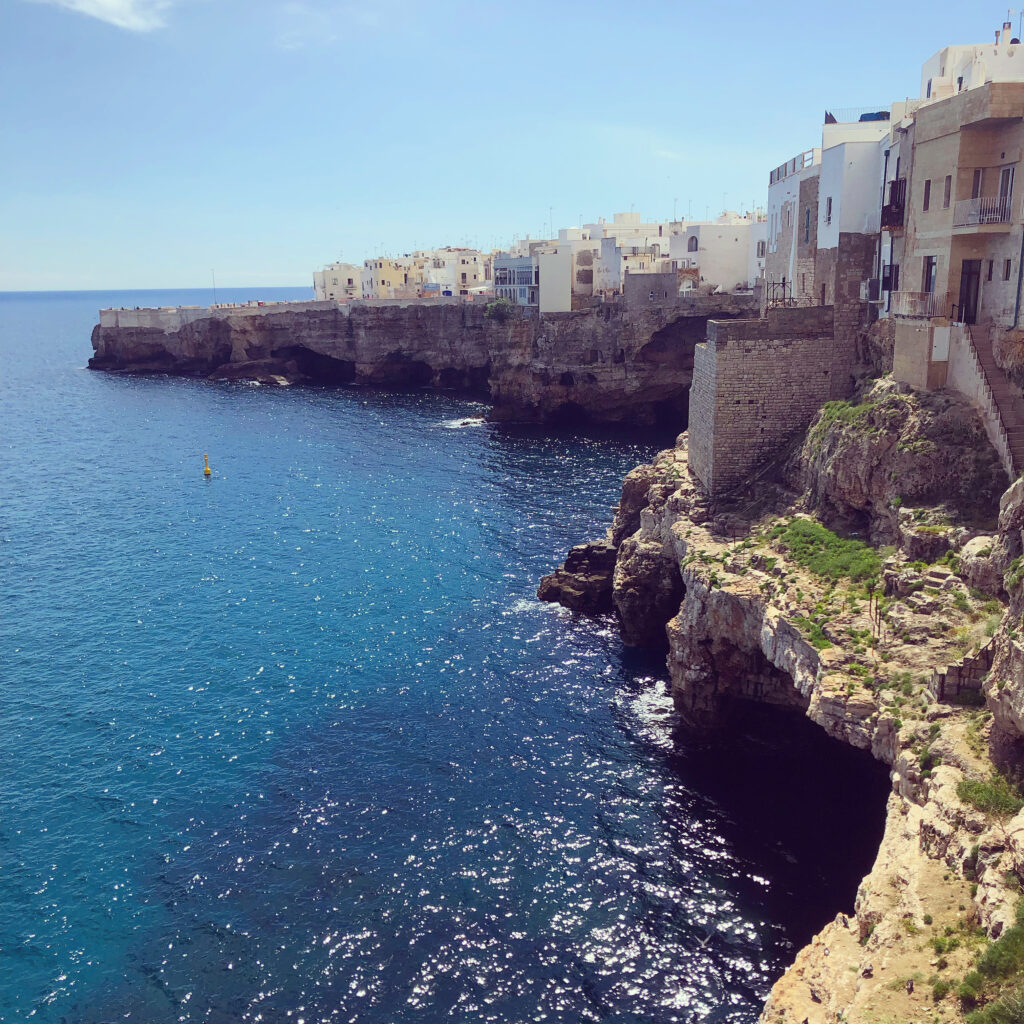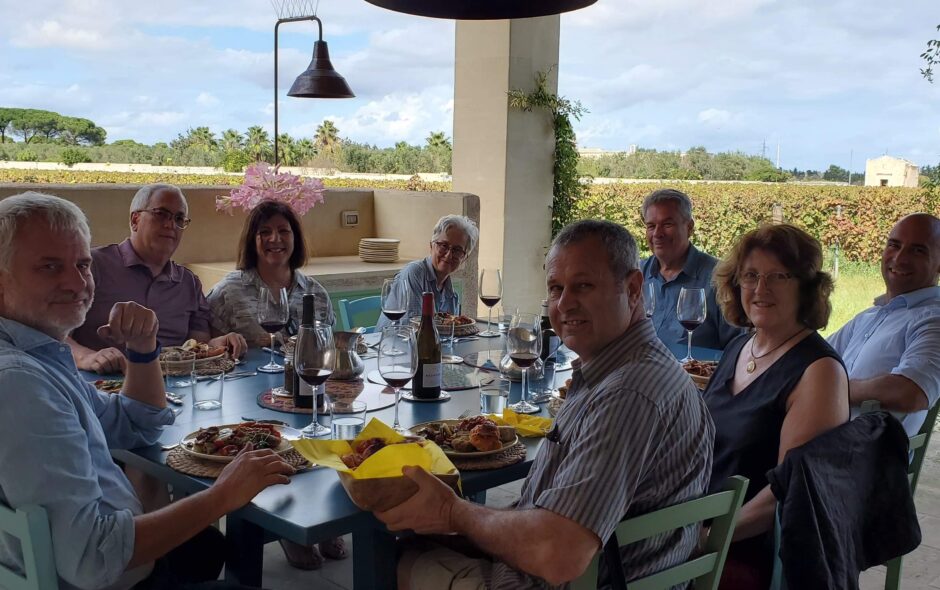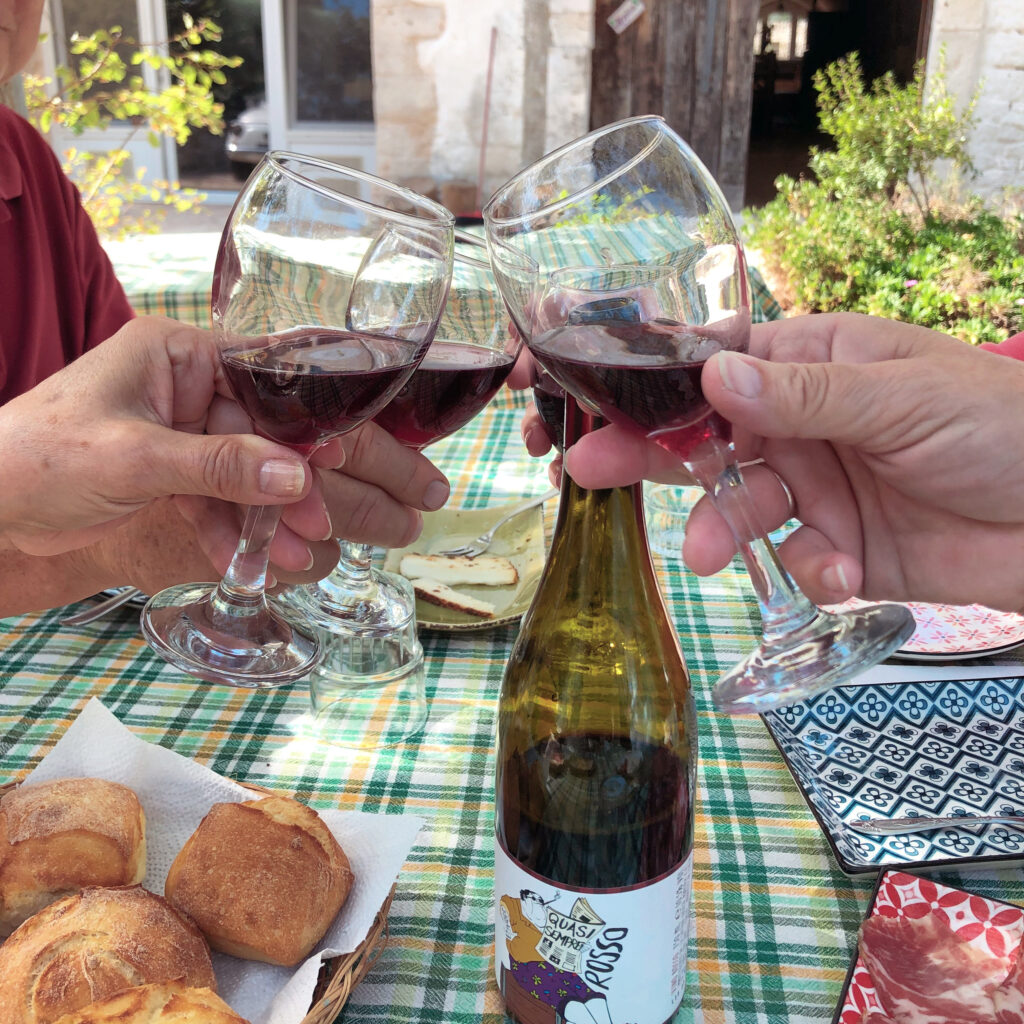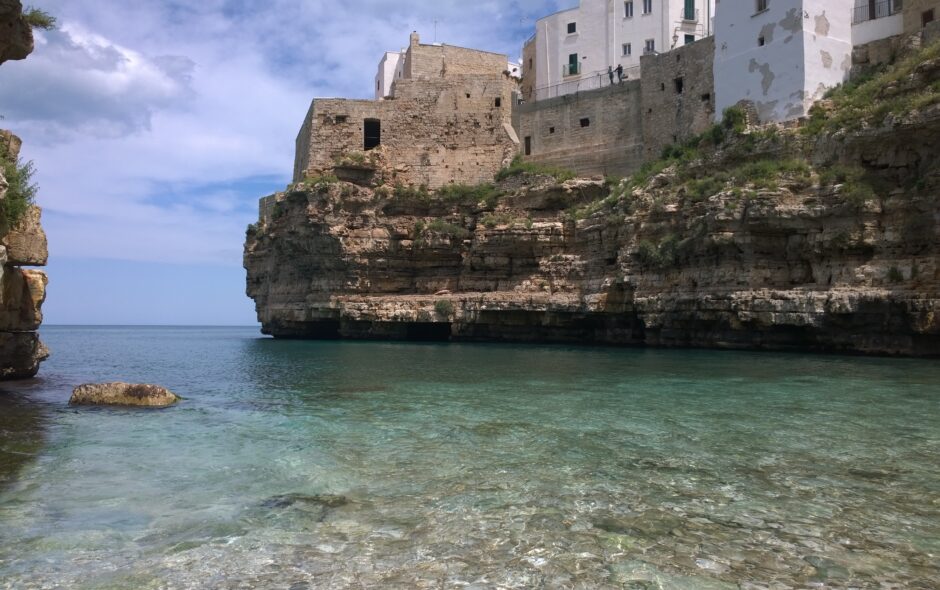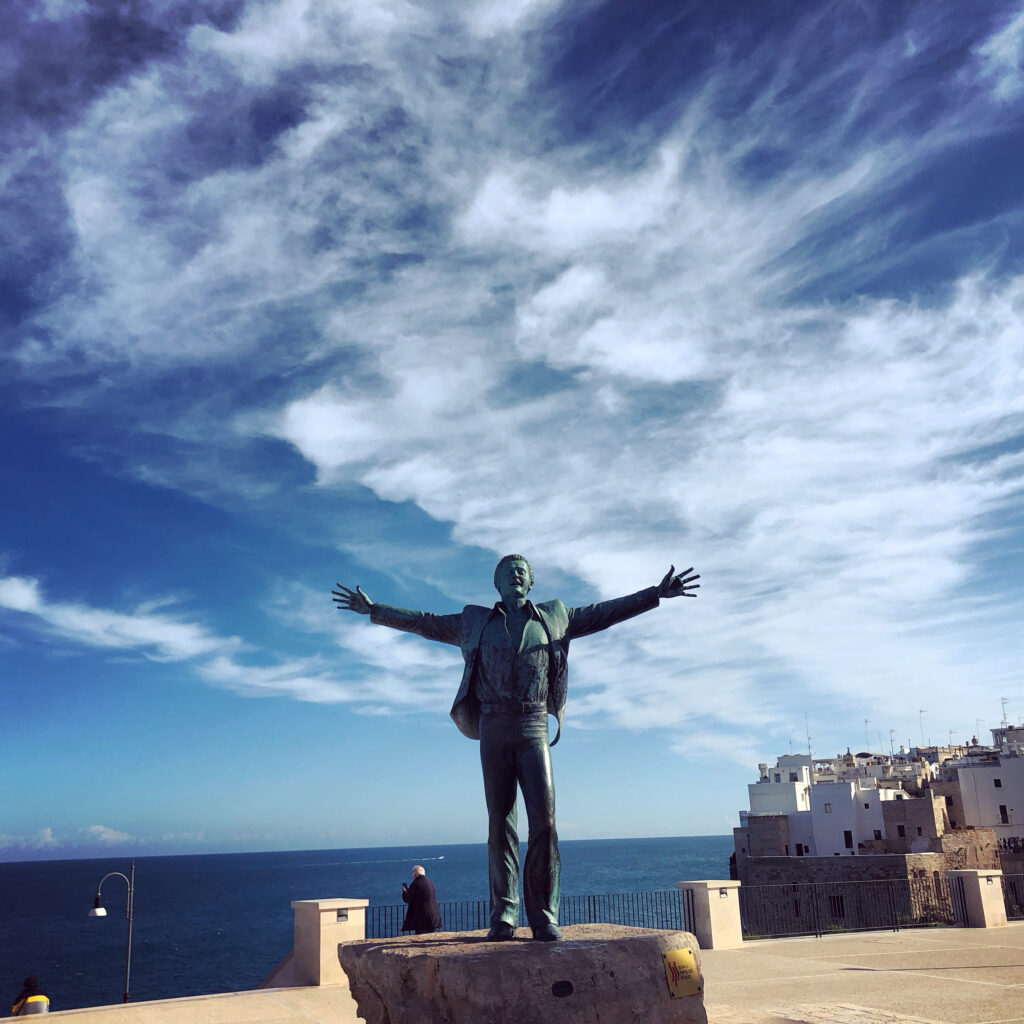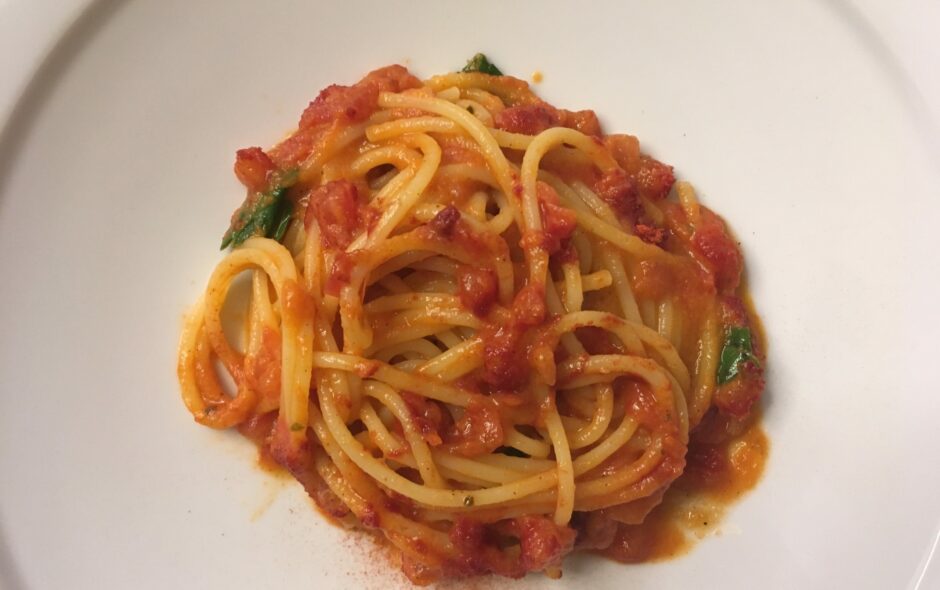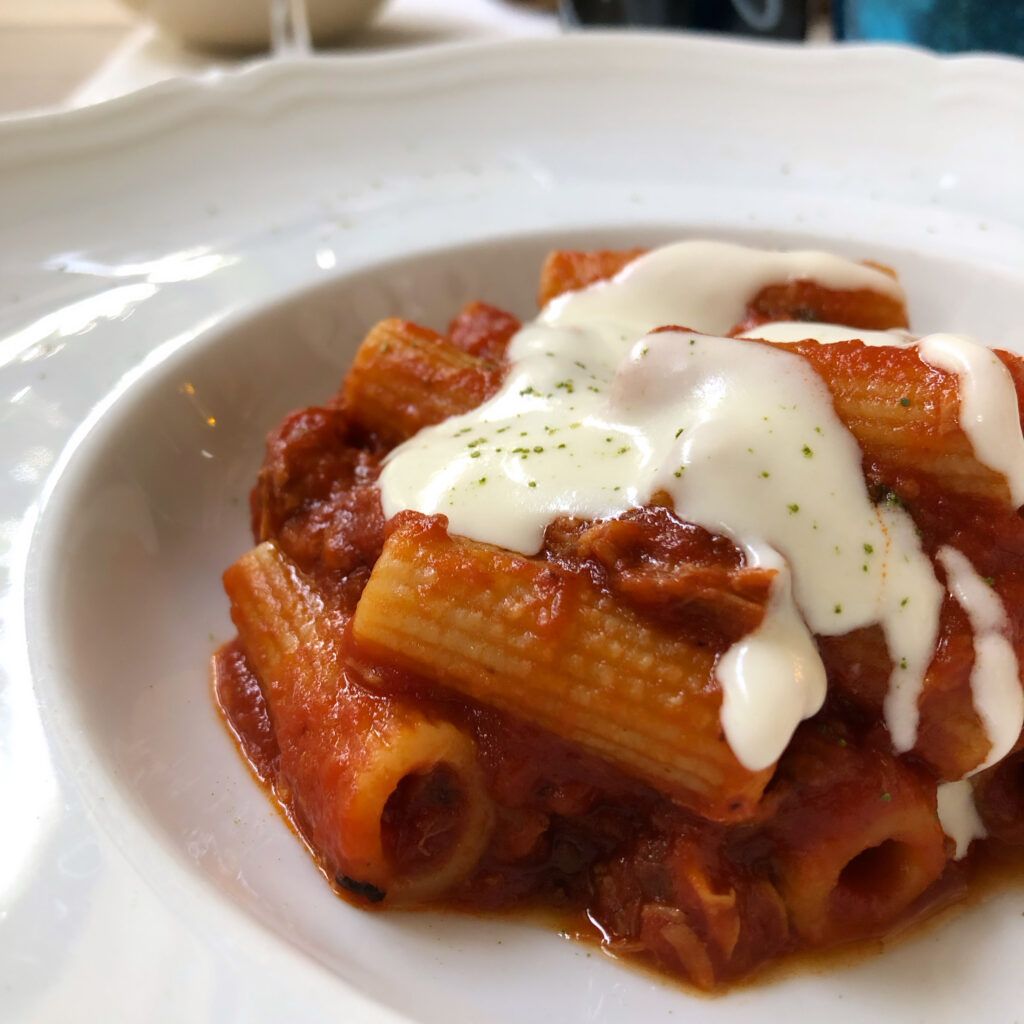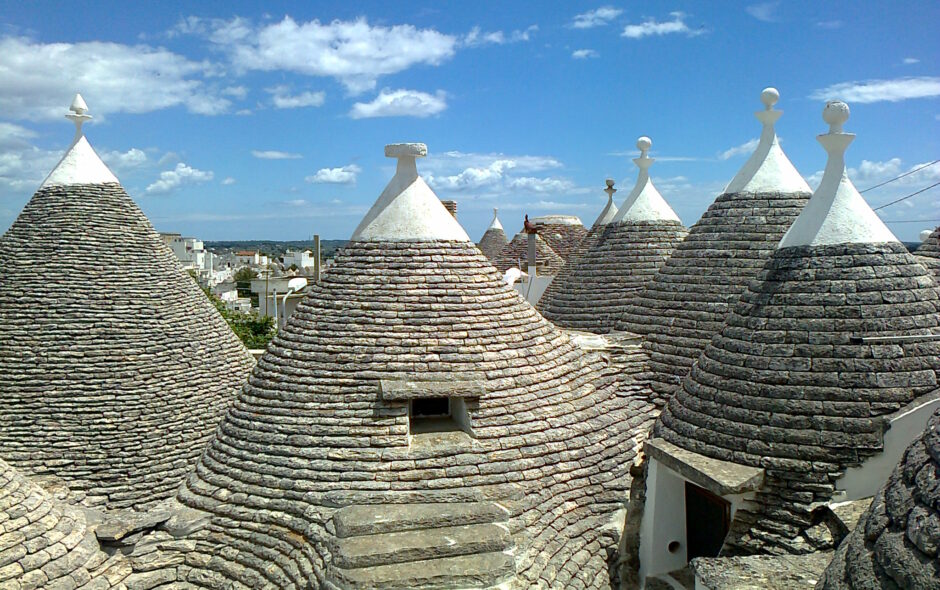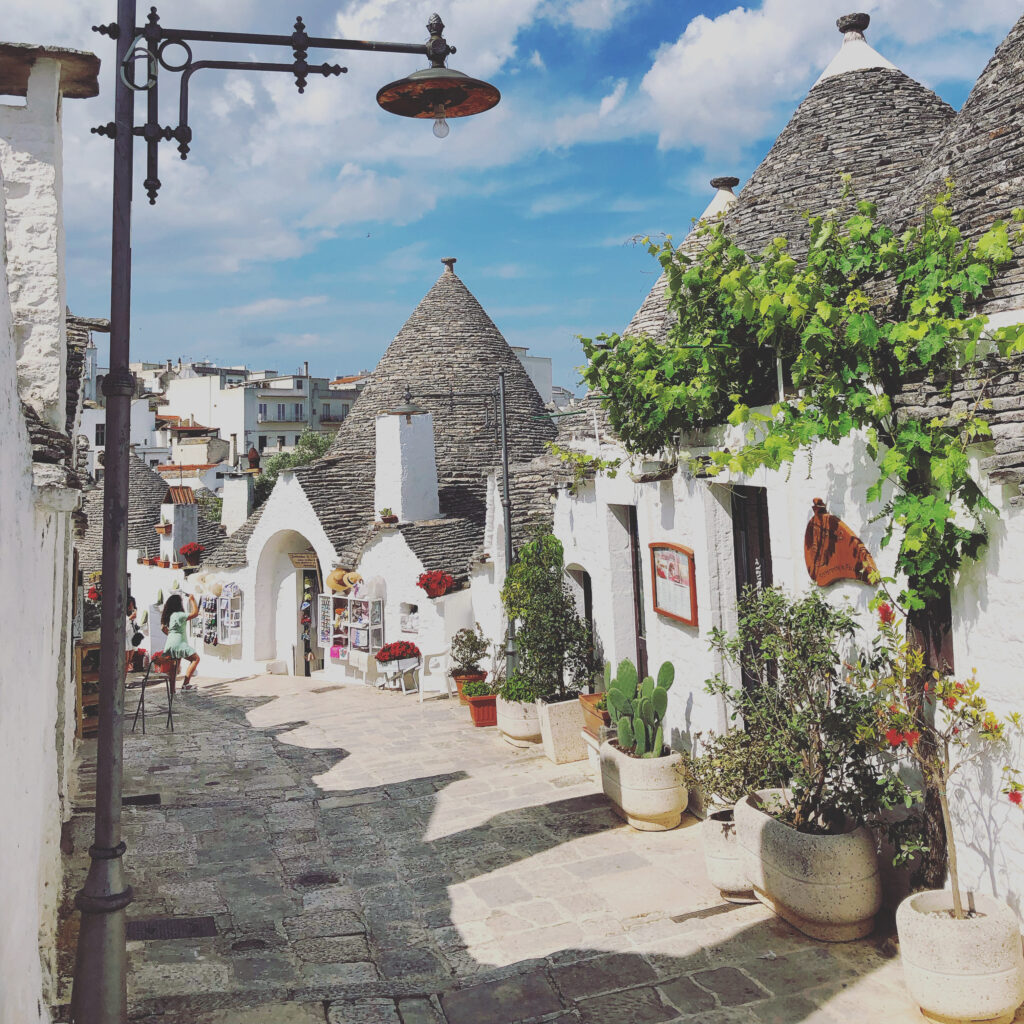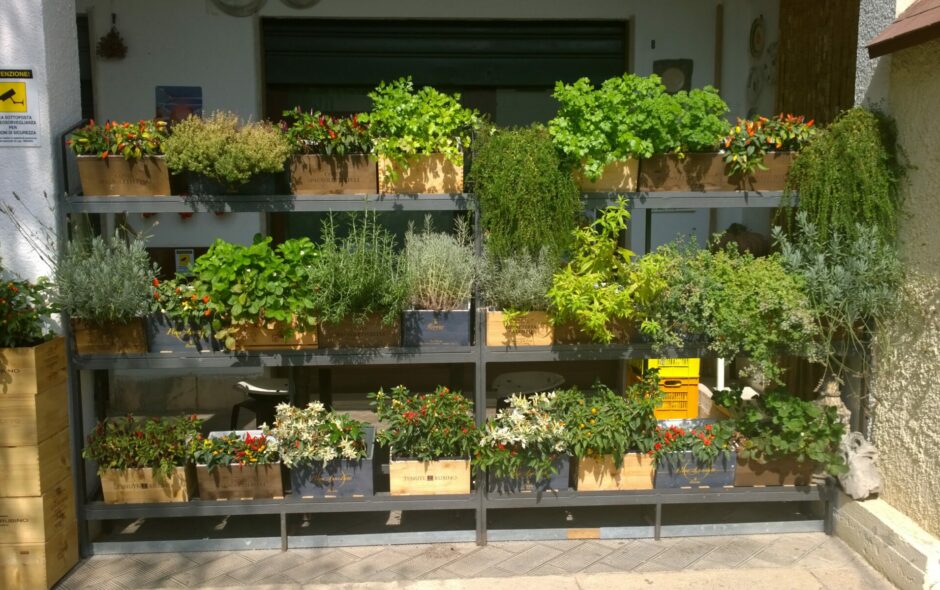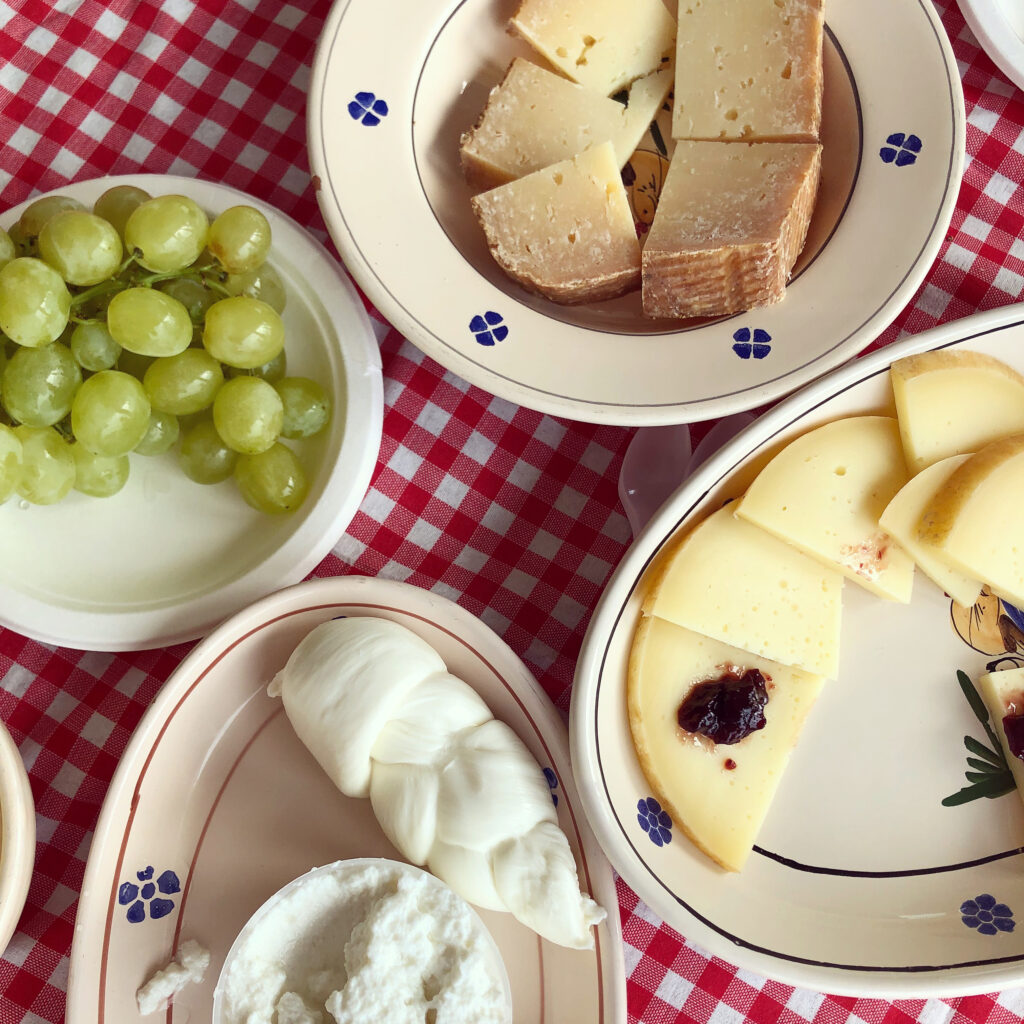After our daily tour, some guests go out for a walk or dinner in one of the many good local restaurants. Passing by the town’s square, they always see small groups of elderly men chatting among themselves or walking back and forth. “But where are the women?” is the classic question they ask me when we meet the following morning.
Groups of elderly men meeting in the square, is an image that represents the culture and tradition of beautiful Southern Italy. Today for many tourists the local squares represent the perfect opportunity to drink a coffee and do some people-watching.
In all historical eras the square was as a place and meeting center for citizens, mainly carrying out these functions: political (rallies, parliaments), commercial (fairs, markets), religious (processions and sacred representations).
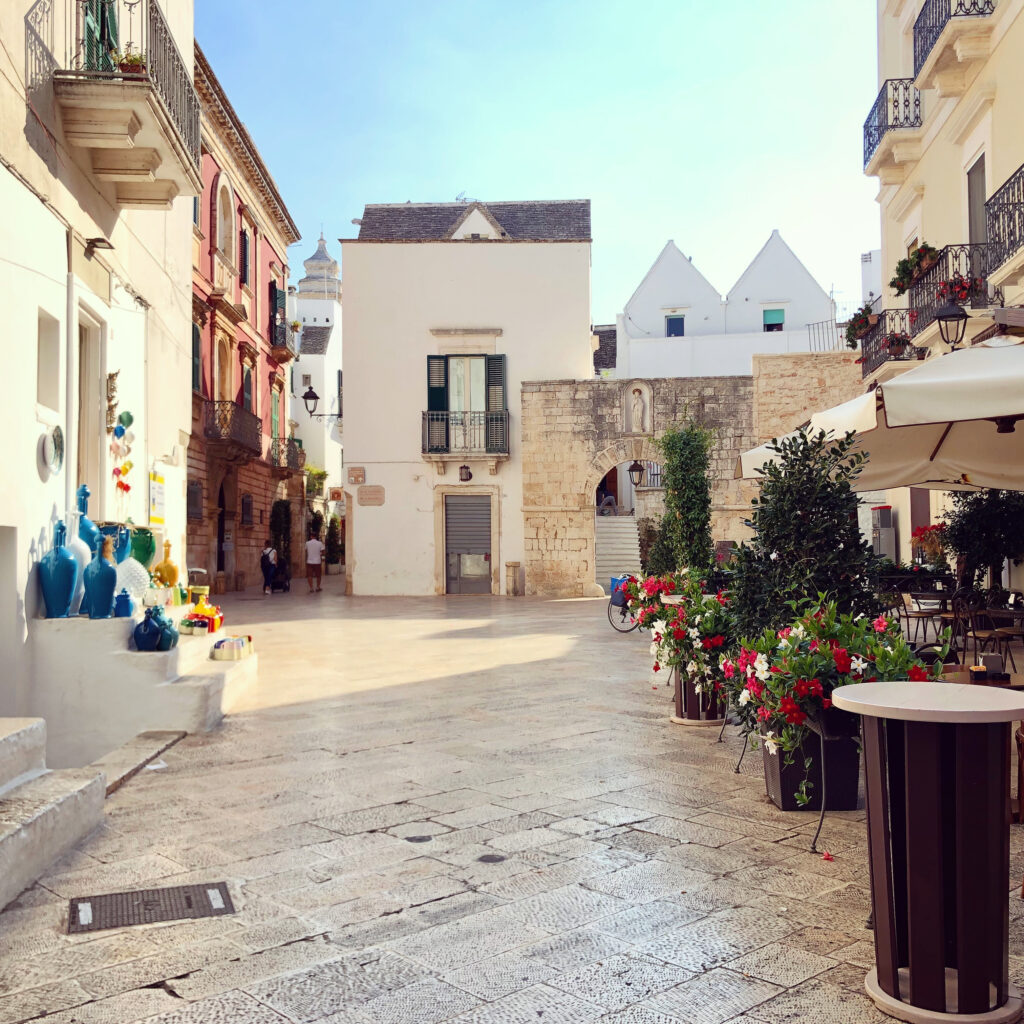
The square was born, in Italy, at the dawn of the Middle Ages either as the churchyard of the Cathedral or as a large area in front of the headquarters of the civil authority. The square, as it appears from the typically Baroque conception, represents the living room of our cities. A place where history, architecture and culture merge and take on the fulcrum of urban life, affirming the identity of a people and strengthening their unity.
Thus, just like when we welcome someone into our home, the square represents the place where the visitor can make himself comfortable and enjoy what is beautiful we have to offer him. This concept has always been extremely linked to Italian tradition and culture, to the point of being exported all over the world.
Above all the square, like public spaces in general, is a spontaneous meeting place and for this reason it is a symbol of democracy. Therefore it is no coincidence that the Agora was the place used for public political meetings in ancient Greece, the society in which this concept was born.
Check out our full list of Puglia tours for a visit to our local beautiful squares and more.


